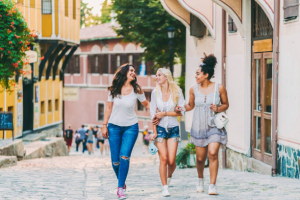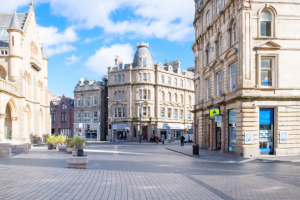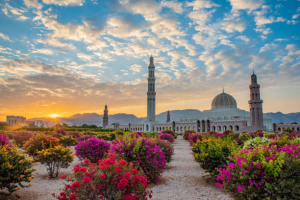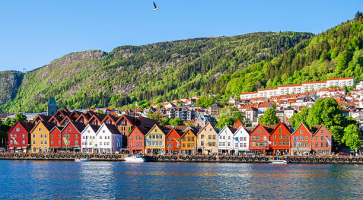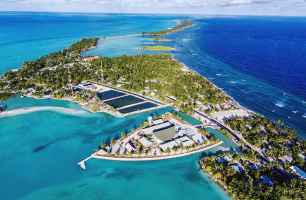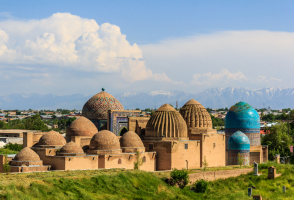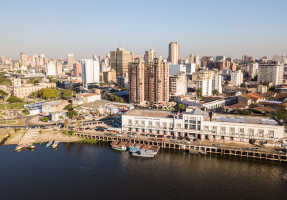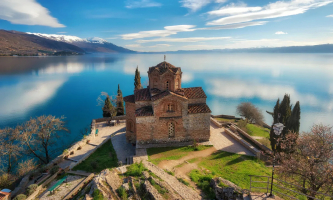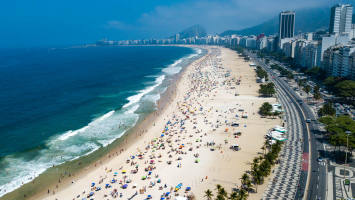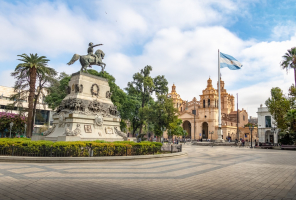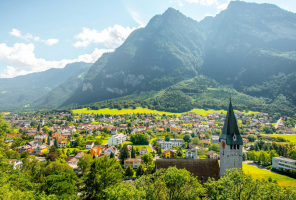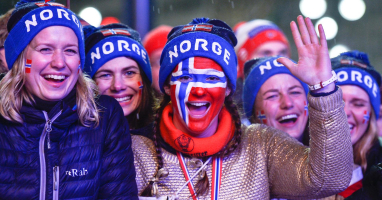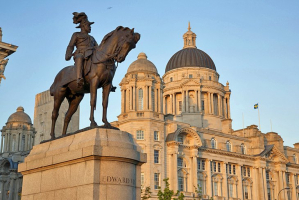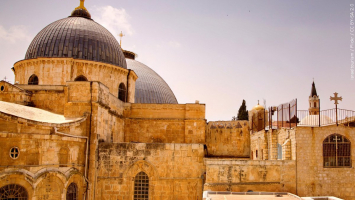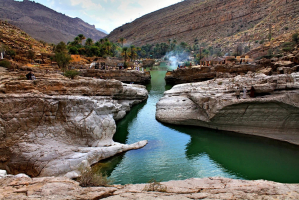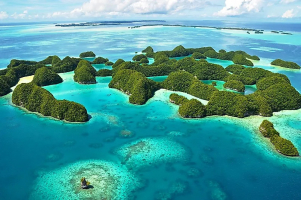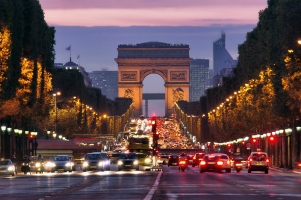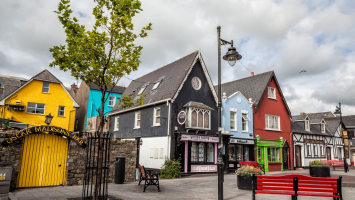Top 10 Reasons to Visit Benin
Do you know who Benin is? This French-speaking West African territory, which borders Togo and Nigeria, has many geographical, historical, and cultural ... read more...attractions. It was previously under French guardianship but became free in 1960. The effects of colonization can still be felt today thanks to this official language, which is spoken by more than 35% of the population. Far beyond its French influences, the Republic of Benin is known for its involvement in the Slave Route, important cotton production, political ups and downs, and voodoo as the official religion. Benin's political situation has improved, opening up new opportunities for tourism. Here is a list of reasons to visit Benin.
-
Among the reasons to visit Benin, history and heritage are two of them. Every country has its own history and heritage. You should visit Porto-Novo, the capital of the Benin Republic, to learn about its history. The country, known as the Kingdom of Dahomey, has been through a variety of experiences. The Benin people passed through the establishment of Dutch and Portuguese trading posts. The country was colonized by France and went through various battles before gaining independence in 1960.
If you are a historian or someone who enjoys history, you should go to Benin right now. The Benin Republic has a sad history because it was a breeding ground for slavery. Over 2 million Beninese men, women, and children were sold as slaves. Dahomey's kings were behind it. Many were unable to return after the slave trade.
Benin was and continues to be known for its oral history traditions as well as its highly skilled craftsmanship and arts, particularly wood carving, weaving, and brass casting. When decorative plaques and sculptures (now known as the "Benin bronzes") were made to decorate the palace of the Oba in the sixteenth century, brass casting reached a particularly high level of aesthetic and technical sophistication.
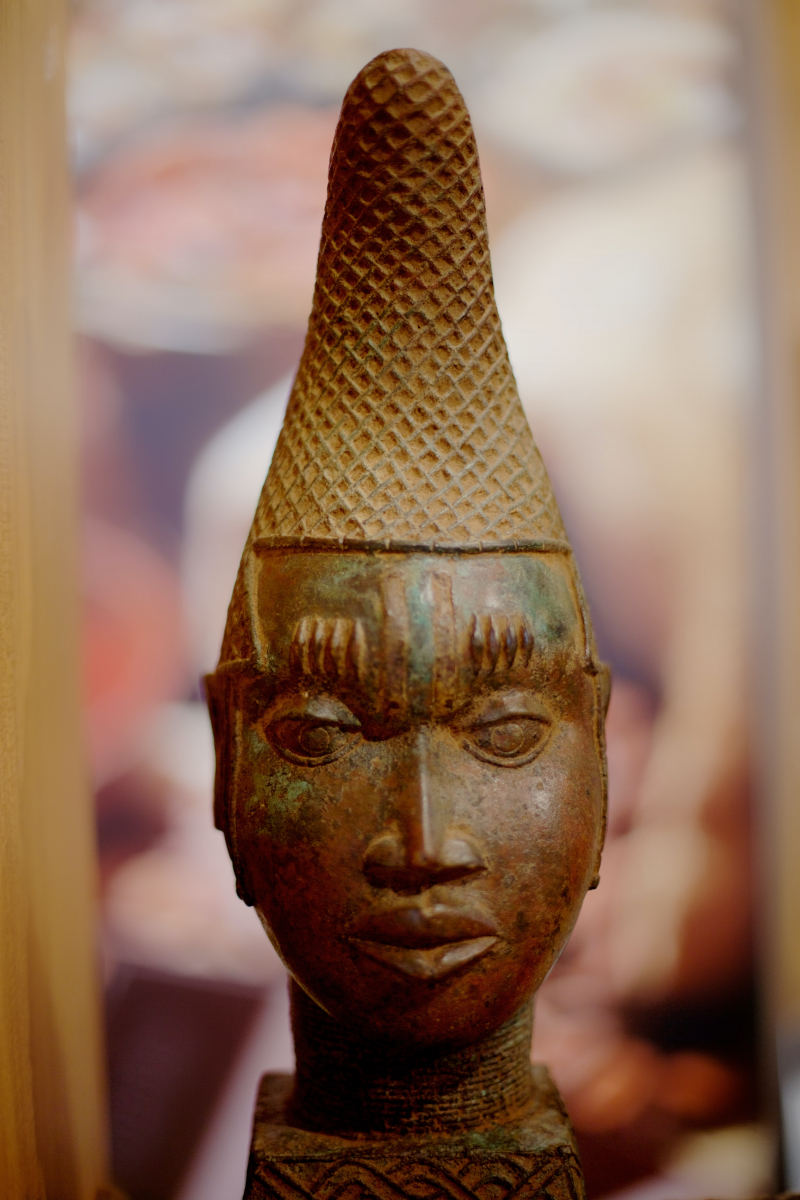
Image by Paolo Chiabrando via unsplash.com Youtube Channel: Manchester Museum -
When it comes to reasons to visit Benin, can't help but mention Voodoo culture. Voodoo is the most popular religion in Benin, with over 50 million followers in West Africa and even larger followings in parts of the Caribbean, South America, and even some regions of the southern United States. An animistic religion with thousands of years of history, its name means "god," "spirit," or "power" in the Fon language; and its adherents believe not in the clichés of the living dead, but in the power of nature and the natural forces that run through everything.
The gods are drawn to ask for advice or to receive health and good fortune through offerings and sacrifices. Priests are responsible for invoking the gods so that they can manifest themselves through the possession of a human being. This possession is frequently attained through a frenetic dance to the beat of drums, which induces a trance in which divinity manifests.
The dance, accompanied by the sound of drums and complex masks representing deities such as Revenant and Caleta in Zangbeto ceremonies, is the most important part of the ceremonies. Fetishes, oracles, and magical potions exist, but only for positive purposes and to defend against witchcraft; those with evil intentions are aware that evil will turn against them. Voodoo is a religion, a way of life. It involves the whole culture, philosophy, language, art, dance, music, and medicine, and responds to the ongoing human need to understand and communicate with the invisible.
Youtube Channel: africanews 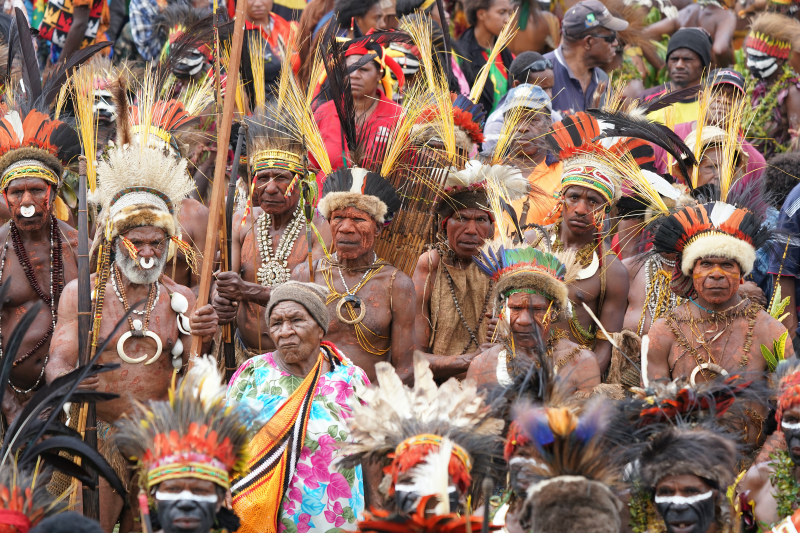
Image by Bob Brewer via unsplash.com (photo is used for illustration only) -
Benin has a diverse wildlife resource, including flora and fauna, which is primarily protected in its two contiguous protected areas, the Pendjari National Park and the W National Park. The former is known for its many species of avifauna, while the latter is known for its abundance of mammals and predators. Furthermore, the country has many other forest reserves that are not easily accessible, well protected, or adequately surveyed for their wildlife resources. Benin's protected area system, known as the National Protected Area System, is located in northern Benin, primarily in areas with a woody savanna ecosystem. It occupies 10.3% of the national territory and is part of the three-nation transboundary W-Arly-Pendjari (WAP) complex (with 43% in Benin, 36% in Burkina Faso, and 21% in Niger).
Riparian forests are of particular interest because they form a dominant ecosystem, accounting for 13% of Benin's estimated flora of 3,000 species. These forests, which include semi-deciduous, dry, open forests, and woodland savanna, are found along river banks. However, these systems have been severely abused through deforestation, necessitating the implementation of a law restricting the cutting of these forests.
In south Benin, where malaria is a common disease as in the rest of Africa, medicinal plants are used for treatment as an alternative to allopathic medicine
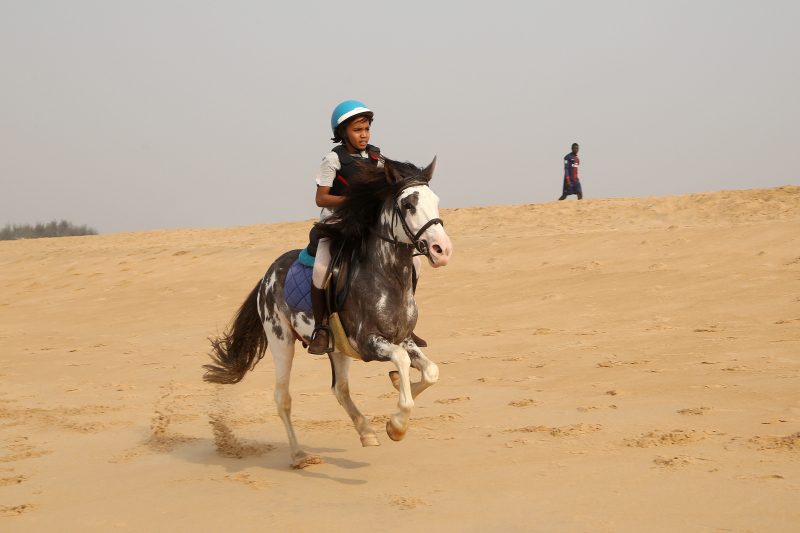
Image by FERNANDO TRIVIÑO via unsplash.com 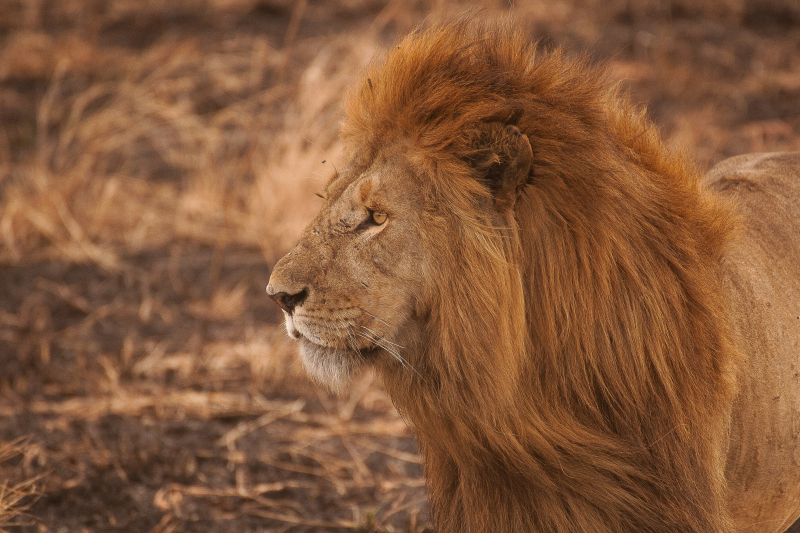
Image by Amar Yashlaha via unsplash.com -
A country located in West Africa, the Republic of Benin is a famous tourist destination. Some of the best beaches in Benin are Fidjross Beach, El Dorado Beach, and Grand Popo Beach, to name a few. The beaches in Benin offer soft sand and a relaxing climate for tourists. Cotonou Beaches are one of Benin's best beaches. The Atlantic Ocean is directly accessible from southern Benin. The largest cities, including Porto-Novo, are grouped together. Who says the ocean doesn't think of sandy beaches, sunsets, and fresh fish? Traveling is also meant to relax, and Benin delivers on that front.
Fidjrosse Beach, one of the country's most popular beaches, is located in Cotonou. This beach provides visitors with clean blue water and soft sand. The buzz of happy people playing and chatting around you will relieve your stress. You can participate in a variety of water sports, as well as beach volley and other sports with your friends. If you just want to sit and relax, this is the place for you.
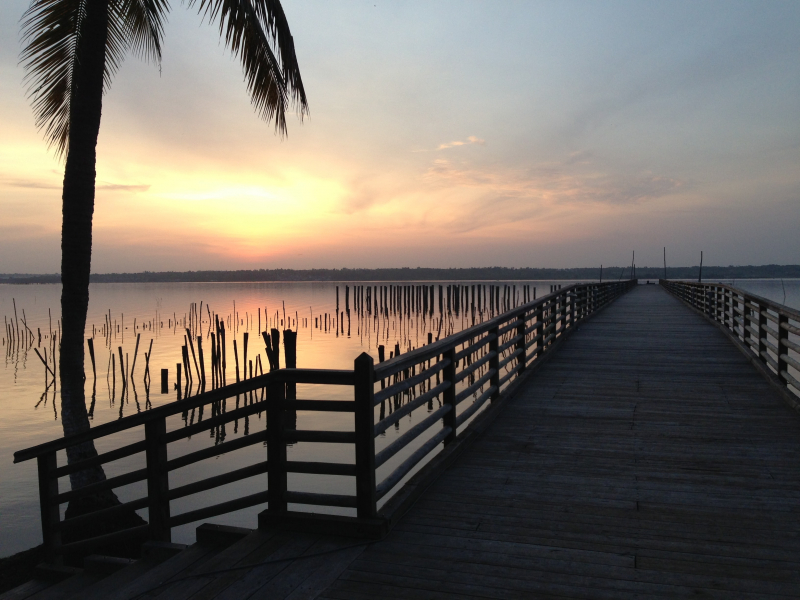
Image by Fanick Atchia via unsplash.com Youtube Channel: FACT FILE -
Benin Ecotourism Concern (Eco-Benin) is a non-governmental organization founded in Benin in 1999. It promotes ecotourism and local development projects throughout Benin in the name of "responsible, equitable, and united human development."
Ecotourism is used by Eco-Benin as an economic pillar for the development of local communities, either in regions where traditional income sources such as fishing or agriculture are declining or in areas with threatened natural and cultural heritage. The NGO's activities aim to develop simple tourist services that, above all, benefit the host communities and help to protect their natural resources and cultural identities.
To that end, the NGO Eco-Bénin works to not only fairly distribute travel receipts among communities but also to develop and improve natural resources. Since its inception in 1999, Eco-Benin has implemented a Carbon Action Plan whose objectives include the planting of mangroves in the Ramsar 1017 site and the promotion of improved stoves in national parks. Furthermore, the actions taken to develop the local economy are diverse: the construction of ecolodges; the rehabilitation of farms, the development of eco-museums, the construction of campsites, homestay accommodation; and many others.
Tip 101: When planning your trip, don't forget to take a look at the Eco-Benin website, which lists eco-villages, lots of tips for responsible travel and especially conservation projects underway.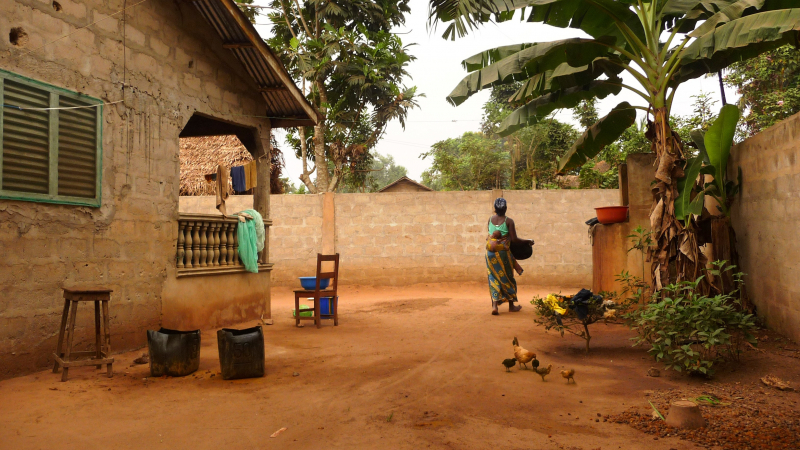
Image by Mayeur Pascal via unsplash.com 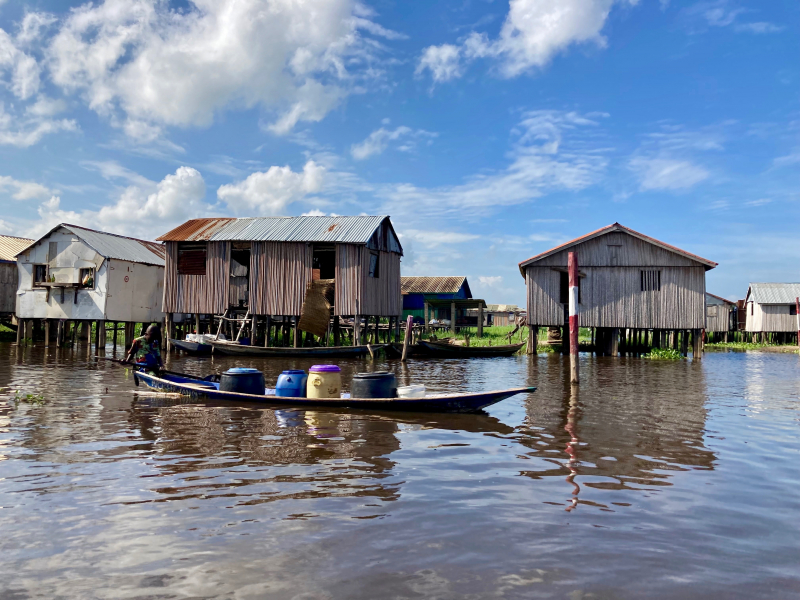
Image by Fierté De Cactus via unsplash.com -
Food is a basic requirement for survival. One cannot survive without food. Every country is famous for its cuisine. Different countries have different cuisines. Tourists are drawn to Benin food because of its flavor and delicious taste. Benin food is influenced by a variety of cultures and traditions. This country is made up of people from various backgrounds and origins. All of their flavors contribute to the overall flavor.
Lamb shanks, fried ripe plantains, Wagasi, Acaraje, Akassa, Akapan, Aloko, Amiwo, Beye, Dough, Fufu, Garri, Moyo, smoked fish, ago glain, peanut soap, Yovo Doko, Akkara, and Nam Pile are some of the best Benin foods. Moyo is a sauce that is served with fried fish that has been prepared with tomatoes, onions, and peppers. Ago Glain, a stew of shellfish such as crab, tomatoes, and chilies, is a traditional Benin dish. Peanut soap is available in Benin, where food is made from peanuts, tomatoes, and carrots and served with chicken. Doughnuts, also known as Beignets, are another Benin food. Akkara is a delicious Benin food made of fritters made from skinned black-eyed peas.
Cabidela is a Portuguese specialty known for its unusual dark color and creamy texture. It is traditionally associated with various regions in Northern Portugal. It is also used in traditional Brazilian and Angolan cuisine. This is one of the reasons to visit Benin.
Youtube Channel: Agribusiness TV 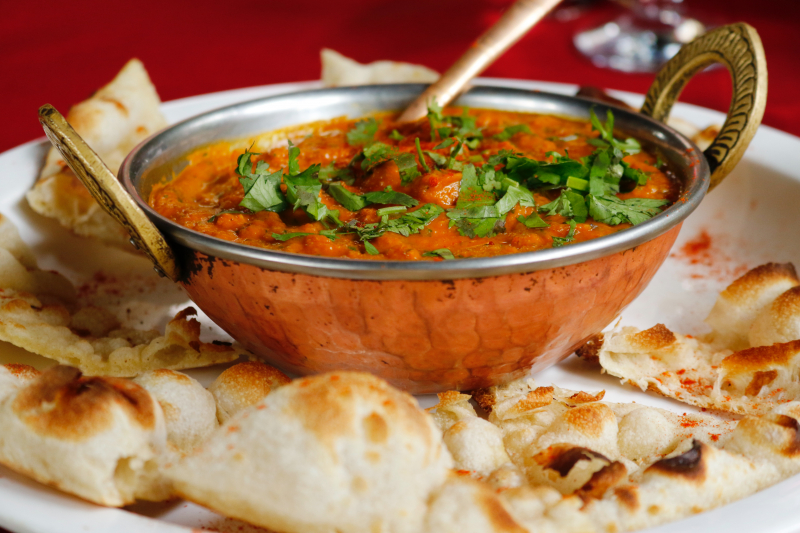
Image by Marvin Ozz via pexel.com (photo is used for illustration only) -
Cotonou's urban district, which had previously served as the capital of the Atlantic province, was renamed the Littoral department in 1999. They have " Ganvié " as a tourist asset. Ganvié is known as "The African Venice" due to its allure and uniqueness. This lakeside town is located in Nokoué, on the northwest shore of Lake Nokoué, at the western outlet of the Sô river, 8 kilometers from Abomey-Calavi and 25 kilometers from Cotonou.
As a result, tourists can visit this unprecedented wonder in the Atlantic department. Ganvié, the "Vénise d'Afrique," is the metropolis of Lake Nokoué lake villages like So-Ava, So-Tchanhoué, Houédo, Aguékon, So-Zounko. These lakeside villages are unique in Africa, with residents living on stilts in the middle of the lake and all activities taking place entirely on the water.
Further west is Ouidah, a former slave trading post and the seat of Vodoun, a religious city with a major seminary that trains priests for Benin and the sub-region; a syncretic city par excellence, with the cathedral and temple of the sacred pythons facing each other. There are still old houses in the same style as those found in the Antilles, Saint-Louis in Senegal, and elsewhere.
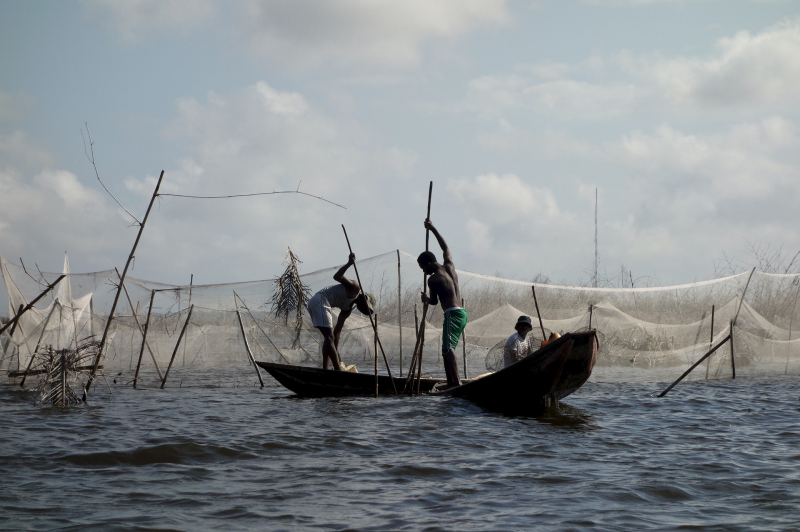
Image by Noémie Girardet via pixabay.com 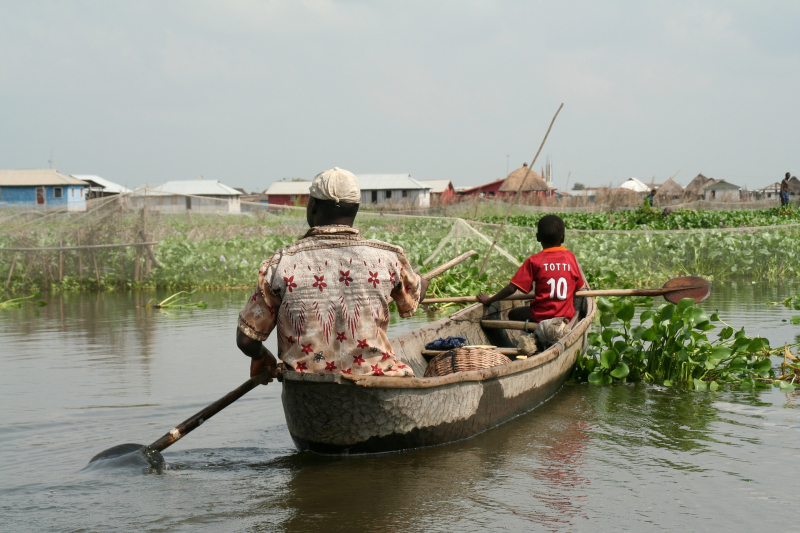
Image by Chris Wolf via pixabay.com -
Benin art is the art of the Kingdom of Benin, also known as the Edo Empire (1440–1897), a pre-colonial African state located in what is now known as Nigeria's southern region. Benin art, primarily made of cast bronze and carved ivory, was created primarily for the court of the Oba of Benin, a divine ruler for whom the craftsmen created a variety of ceremonially significant objects. The full complexity of these works can be appreciated by being aware of and considering two complementary cultural perceptions of Benin art: Western appreciation of them primarily as works of art and Benin understanding of them as historical documents, mnemonic devices for reconstructing history, or ritual objects. This historical significance is extremely important in Benin.
The Kingdom of Benin is powerful, but western scholars have not properly recognized Benin culture. The origin story of Benin was not passed down through literature or writings. Indeed, Benin as a culture was based on oral tradition: all of the history and stories we know about Benin today were passed down from person to person, generation to generation. The so-called Benin bronzes (actually made of brass) and other artwork are especially important to historians because they are an important part of Benin's history. Furthermore, the Benin brasses and works of art are some of the only physical representations of the culture that historians have.
Youtube Channel: Guardian Nigeria 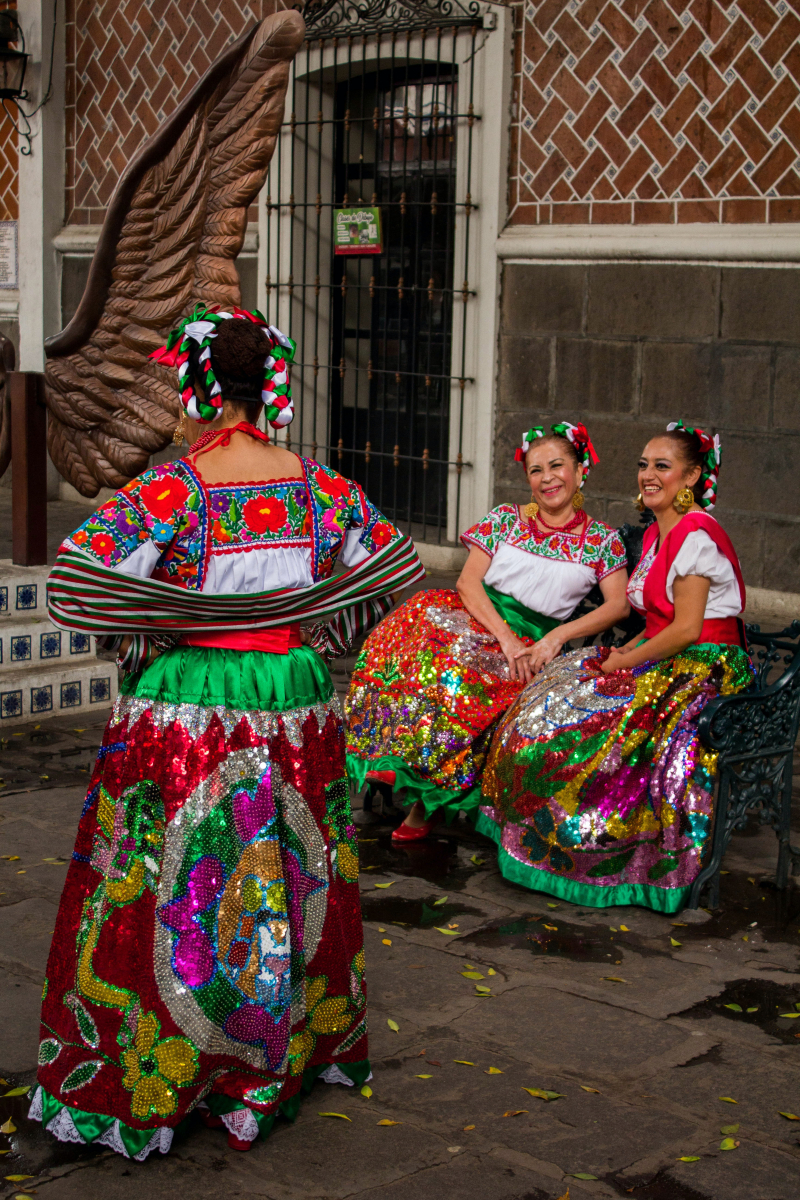
Image by Aleyda Martínez via pexel.com (photo is used for illustration only) -
Beninians are known to be bead collectors. The choral bead is the Benin Kingdom's trademark, and its use is more common in Benin City than anywhere else in Nigeria; it is mostly used to express luxury. The ancient city of Benin is also a home to art and craft, as this was one of the indigenous occupations of the Benin people, who create images using media such as bronze, ivory, terracotta, ebony wood, and brass.
The male mode of dress is clearly visible in their traditional attire, which consists of a long flowing gown or a buba type of top with a wrapper tied around their waist. Beninese people speak approximately 55 different languages. With a simple and hospitable lifestyle, visitors to Benin feel at home (but still have to learn a few basic rules before coming here). Benin is truly a country worth experiencing, with many tourist attractions, delicious food, nature, and animals—especially their fascinating way of life. This is also one of the reasons to visit Benin.
Youtube Channel: TRACKS 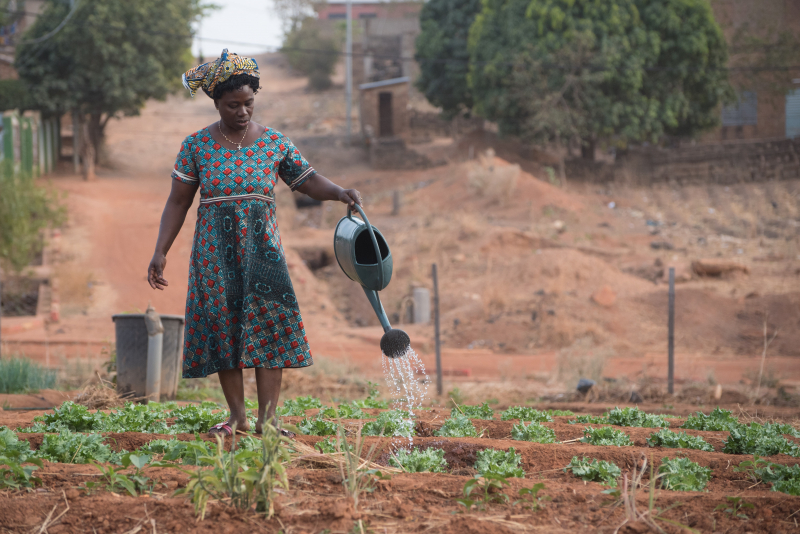
Image by Philippe Baret via unsplash.com -
Maybe you've been to Ghana and should try to go to Makola Market so you can see them all. Each market in West Africa is unique to its hyperlocal location, offering goods that can only be found there. You've also never seen Dantokpa Market. Dantokpa is a market in Cotonou, Benin, and it is one of the largest in the country. It stimulates the senses and can be overwhelming, but it is also a place where you can find almost anything. Dantokpa even has its own fetish market. However, be warned: the fetish market is not for the faint of heart, but it is truly fascinating.
If you don't speak French, I'd recommend going through this market with a guide (which you can hire at your hotel or before) to learn more about each item. However, do not ask them to bargain for you because you must do so yourself. Furthermore, Cotonou's other markets are literally adjacent to the market but are primarily inside. The City Center Mall is well-known for its jewelry, fabrics, and currency exchange services. The Missebo market is also a locals-only area where you can find a little bit of everything, but mostly clothes and food. Of course, prices vary, and you might end up with more than you can carry!
Youtube Channel: The Edo Talk Show 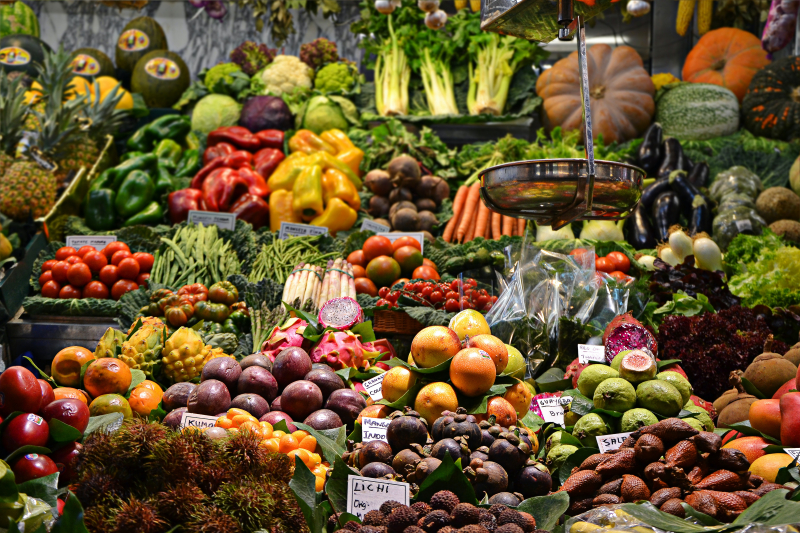
Image by Jacopo Maia via unsplash.com












